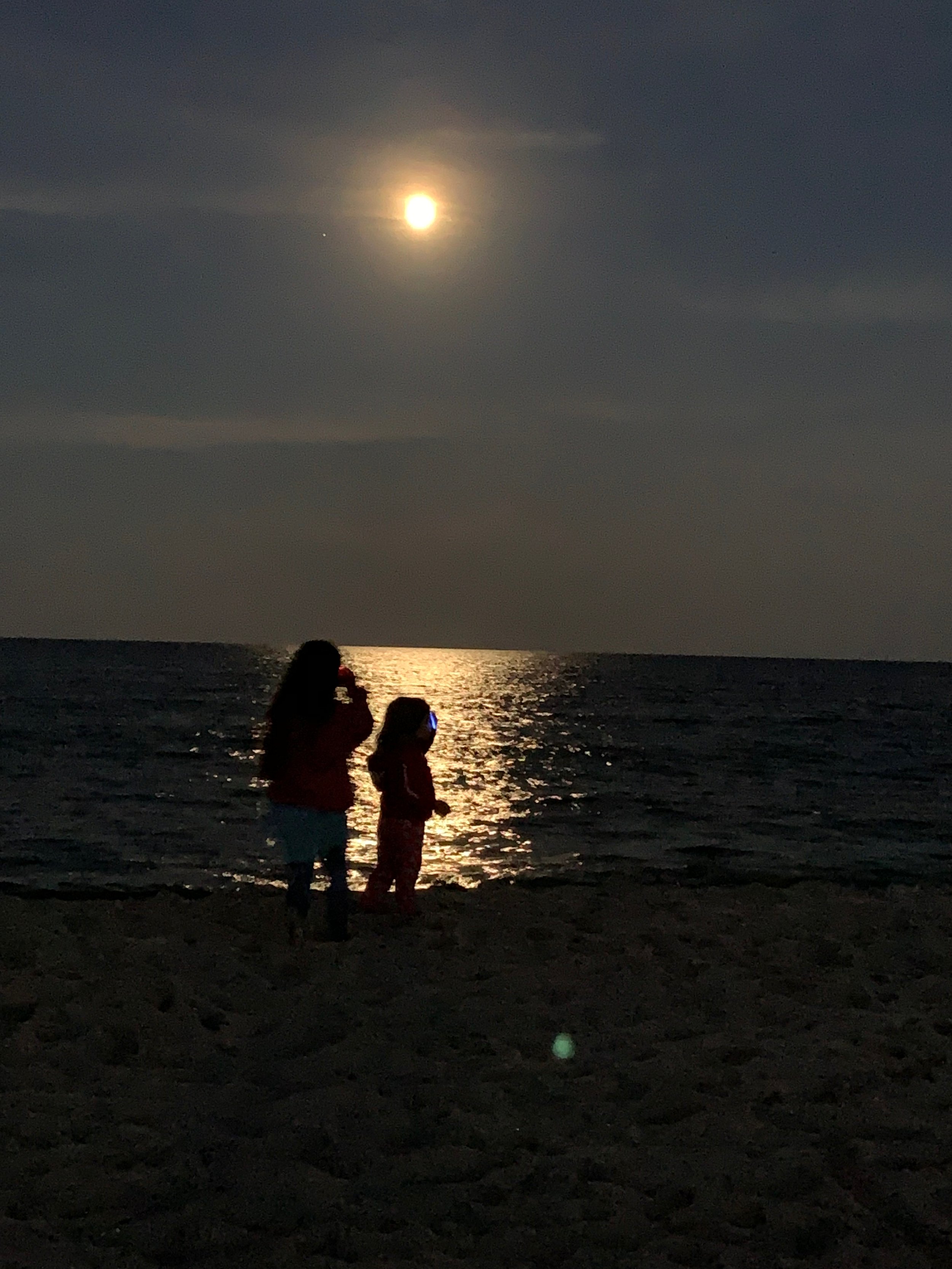What do we do when our industry actively harms the planet?
What do we do when our industry actively harms the planet? When we think of industries harming the planet, I would wager most people think of the oil and gas industry, maybe traditional automobiles. When it come to lighting however, the proliferation of energy efficient LEDs has many in our industry feeling we are on the right side of history when it comes to the global balance sheet.
But there is more to our impact than simply energy consumption. Light pollution is a real and ever-growing problem. A recent piece in the NY Times highlights the issue as it relates to fireflies.
Like a lot of other insects, they face increasing threats from habitat loss, pesticides and pollution. But they also have a problem that’s unique to luminous bugs: It’s getting harder for them to reproduce because light pollution is outshining their mating signals.
Fireflies might not be principle on your or my mind, but they are one of the things that makes life wondrous. Little glowing miracles that anyone who really loves light can’t help but value for the sheer magic they create. Our industry is making it harder for them to mate, harder for them to thrive, slowly, but steadily removing their magic from the planet.
Of course there will be immediate objections, it’s not us! It’s the billboards! People’s glowing windows! The skyscrapers that don’t turn their lights off! The stadiums and the street lights and, and, and.
The preservation of night and healthy darkness of night is the responsibility for the entire lighting industry. Making a perfectly dark night sky is impossible in the modern era, but we can greatly reduce the amount of light being used for the most common tasks, and we can encourage best practices for dimming and color temperature to reduce the overall brightness of our night skies.
There’s another effect that’s worth considering. In the face of climate change and global energy demand, the ability to see the stars or allowing fireflies to thrive might seem a minor concern. But to me it serves as a signal, it tells the larger culture that we care. That preservation of our planet and of quality of life is just as important as anything else we do.
To be clear, artificial light in our cities and suburbs is something of a miracle. The streets of Paris, New York, or Tokyo are bathed in the glow of artificial light that is mesmerizing. The skyline is something to behold. But we have to work toward something more powerful that adhering to dark sky regulations as they exist today. We need to collectively as an industry turn the volume down on exterior light for all major disciplines.
If we simply followed the tenet of relative brightness, then lower the light levels created by billboards, screens and street lights in proportion would make none of these elements less visible, but it would reduce the over all pollution effect.
Imagine, for an extreme example. If every street light, screen, sign, billboard and canopy in Times Square simply reduced it’s light output by 50% - all of it. None of the elements would lose their focus or punch but half of the light would be spilled into the night sky.
Take that sample principle and spread it extend it to our malls, suburbs, strip malls and shopping districts. No individual business would lose it’s visibility. No single parking lot would feel unsafe, and we would halve the amount of light pollution we created at “peak bright.”
This is to say nothing of controls! Most businesses and the vast majority of suburban streets go unused from midnight to 6am. Yet they remain illuminated in the name of safety and security. We still light our roads for cars, as if cars today aren’t equipped with insanely bright headlights anyway. Dimming or shutting these fixtures down during these least used hours would create something much closer to “true dark” restoring the night-sky and allow fireflies to do what it is they do, cast that magical glow that we are losing.
These are changes that can happen. They can be debated, pushed and prodded into existence and practice just as has been done by international dark sky, and the wildlife “turtle-friendly” regulations that have already gone into place.
One last point, reductions like this will only make exterior lighting more dynamic and interesting, and I would argue, more beautiful. Blasting billboards, and facades and canopies with light at all hours seems to me the easy way out.











